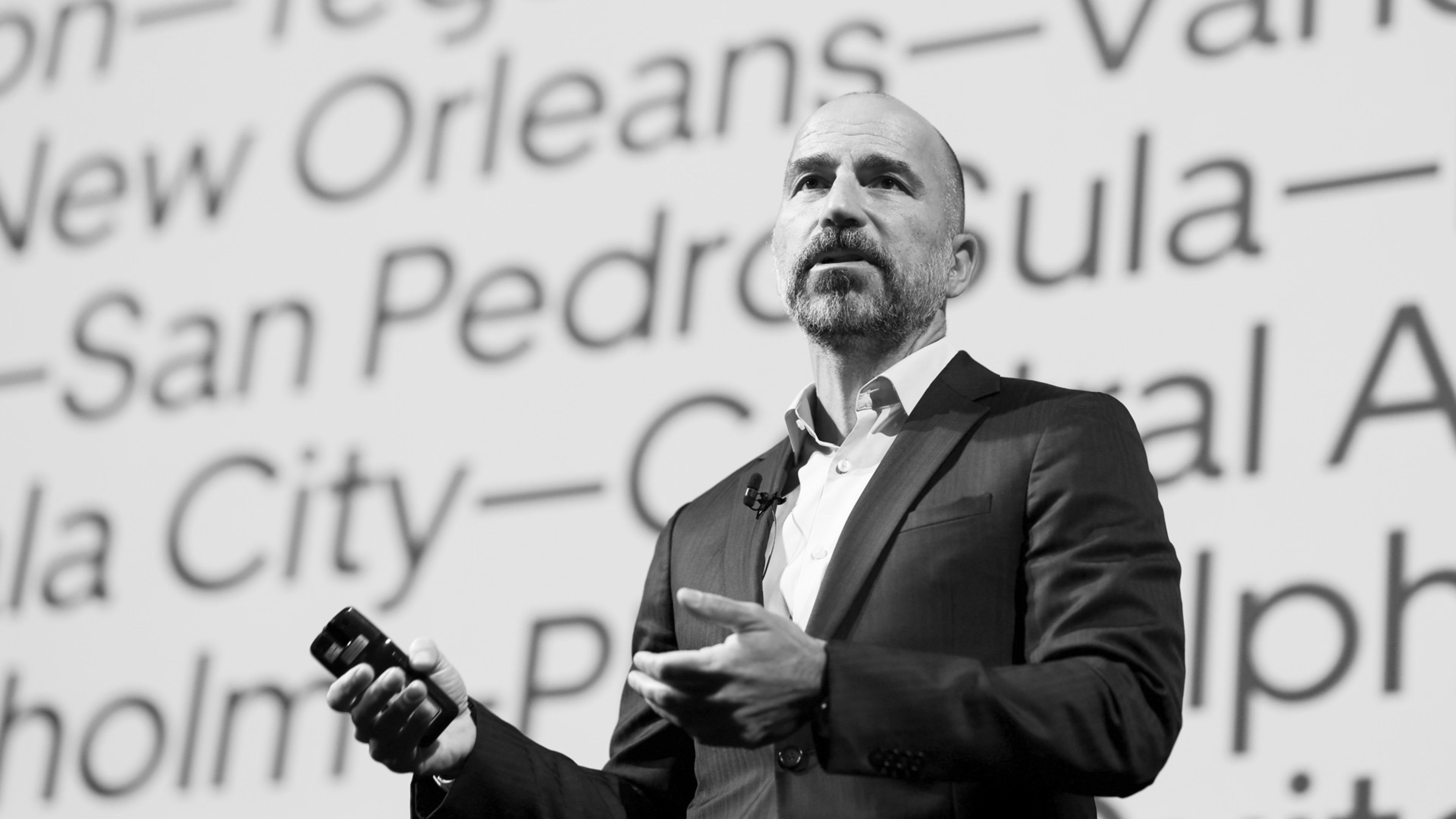Uber isn’t betting that autonomous vehicles are going to completely take over the rideshare industry. But the self-driving cars could make up a double-digit percentage of trips, CEO Dara Khosrowshahi said during an on-stage interview at the Aspen Ideas Festival on Thursday.
“Ten years from now, we’re going to have significantly more human drivers on the platform than we do today,” Khosrowshahi said. “But would I be surprised if 10% or 20% of the drivers on our platform are robots? I think it could get there.”
Uber’s strategy for integrating self-driving rides into its platform comes entirely from partnerships. The company sold off its autonomous unit to competitor Aurora in late 2020. Self-driving was initially an important play for Uber, with its cofounder Travis Kalanick saying once that the world would eventually move to autonomous vehicles. But the pandemic led Uber to take on many cost-cutting measures and focus on its core money-making ventures. Self-driving cars had proven to be extremely costly and came along with safety challenges.
The company currently partners with a handful of autonomous companies for delivery and rideshare, including Waymo, Motional, Cartken, and Serve Robotics.
Khosrowshahi’s appearance comes at a time when consumers appear to be more focused than ever on how AI will affect the job market. In Uber’s case, he said, pairing humans with robots could increase business.
“There’s always this drama of, you know, are the robots going to replace humans? I think the reality is robots augment humans,” Khosrowshahi said. Certain routes, maybe those that are simple or nearby and have regulatory approval, will make more sense for an autonomous vehicle to operate. But there’s also “many instances where a human driver will make more sense.
“We will have essentially a layer, kind of a pricing layer and routing layer, that will make the decision that based on what particular pickup should I send a human, should I send a robot, how should I price it, etc. So that traffic control cop, so to speak, is where we’re quite focused on right now.”
Khosrowshahi said he believes adding autonomous vehicles will essentially feed into a cycle. More cars will be on the road, leading to more transportation, which will bring the prices down over time, and that will eventually spur more demand. “Ultimately that’s going to increase jobs for everybody,” he said.
Recognize your brand’s excellence by applying to this year’s Brands That Matter Awards before the final deadline, June 7.
Sign up for Brands That Matter notifications here.
